Niwaki
Pinus sylvestris Fastigiata
Pinus sylvestris Fastigiata
Couldn't load pickup availability
- Winter hardiness zone: 3-9
- Evergreen/Deciduous: Evergreen
- Mature height: 7-12 m
- Mature spread: 1-2 m
- Sun exposure: full sun to partial sun
- Growth rate: fast
- Leaves: grey/green/blue
- Flower: inconspicuous
- Water consumption: moderate
Share
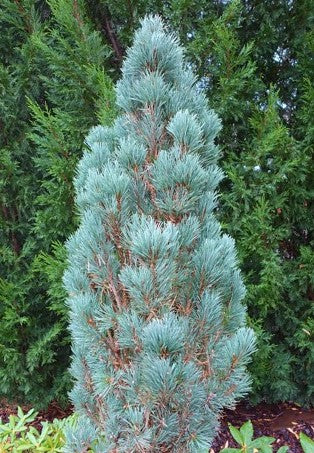
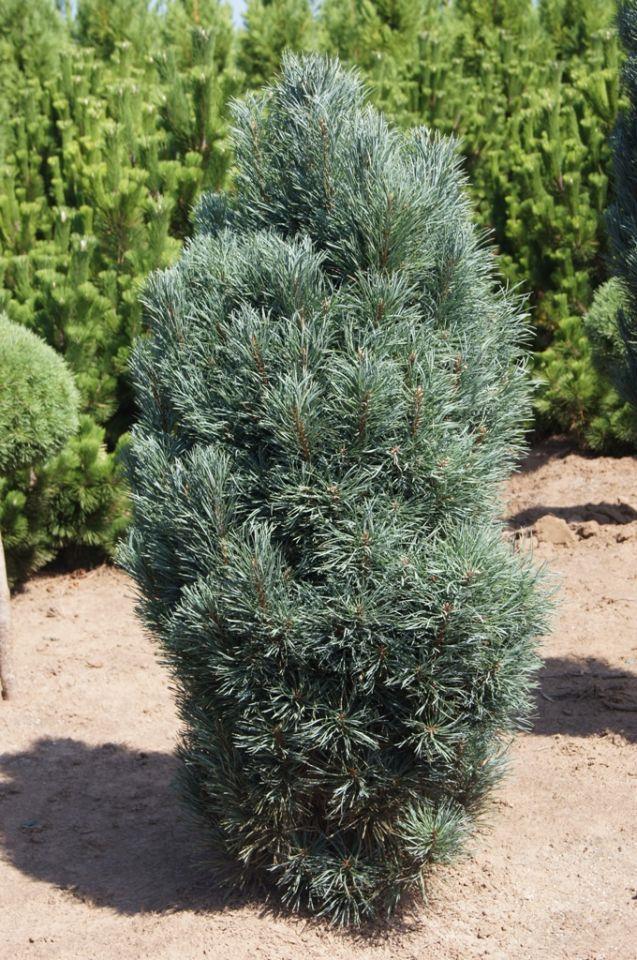
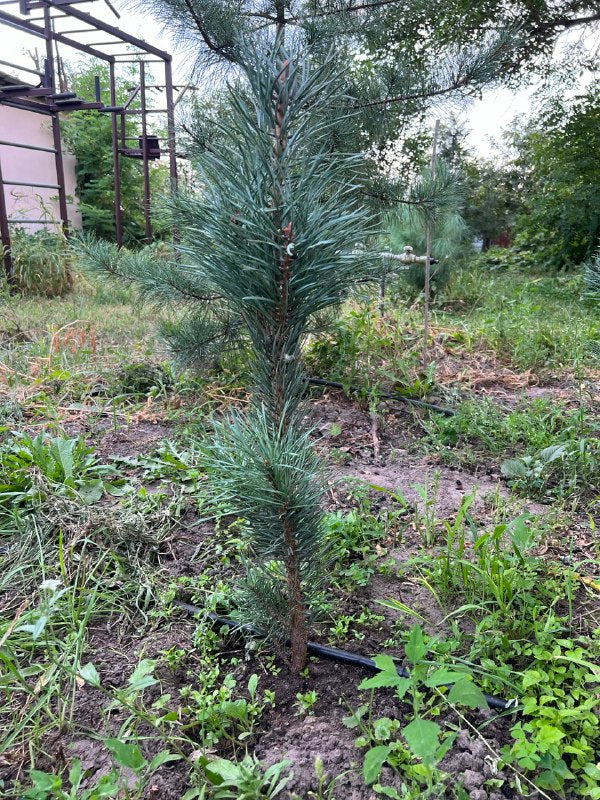
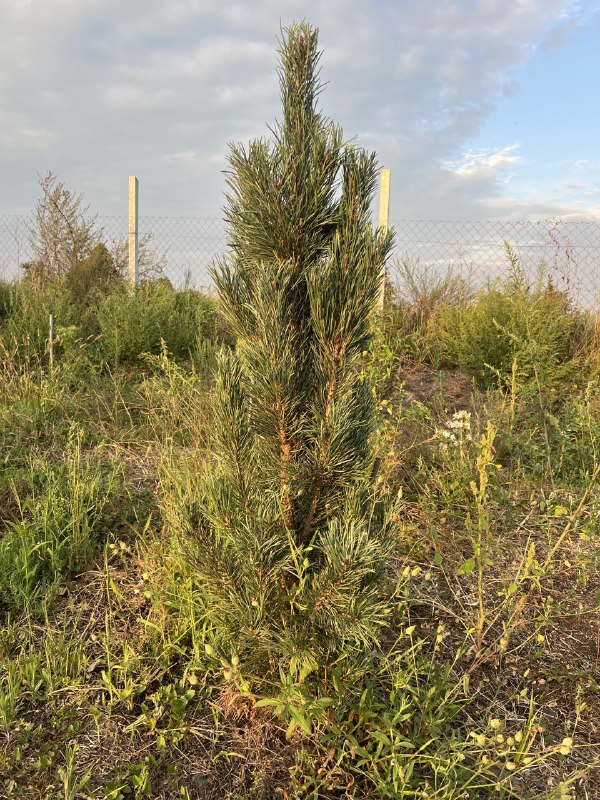
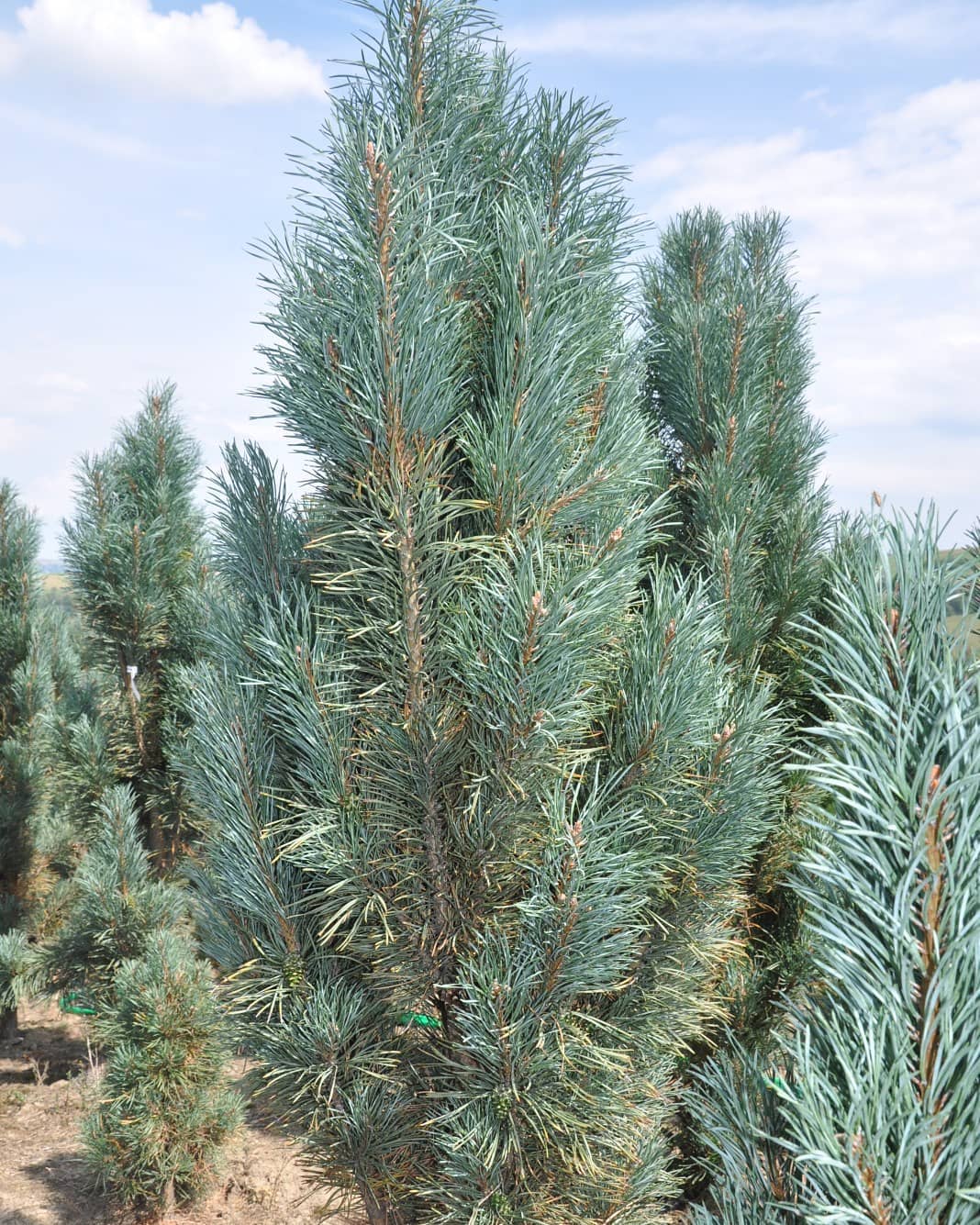
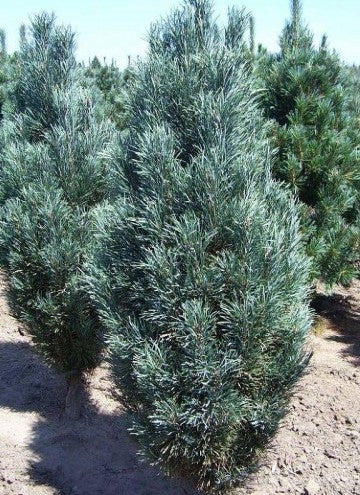
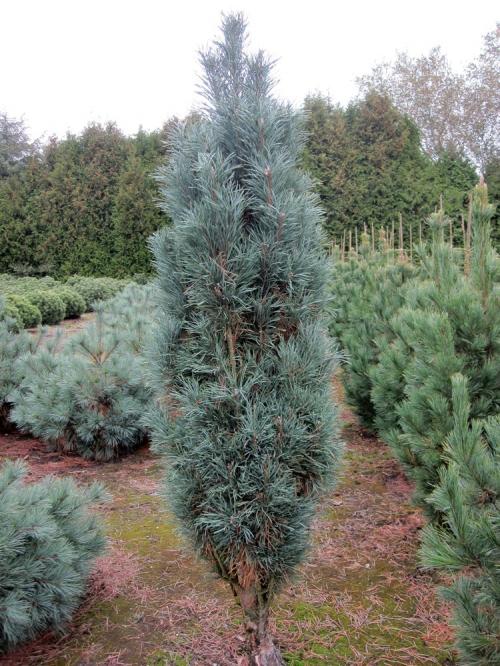
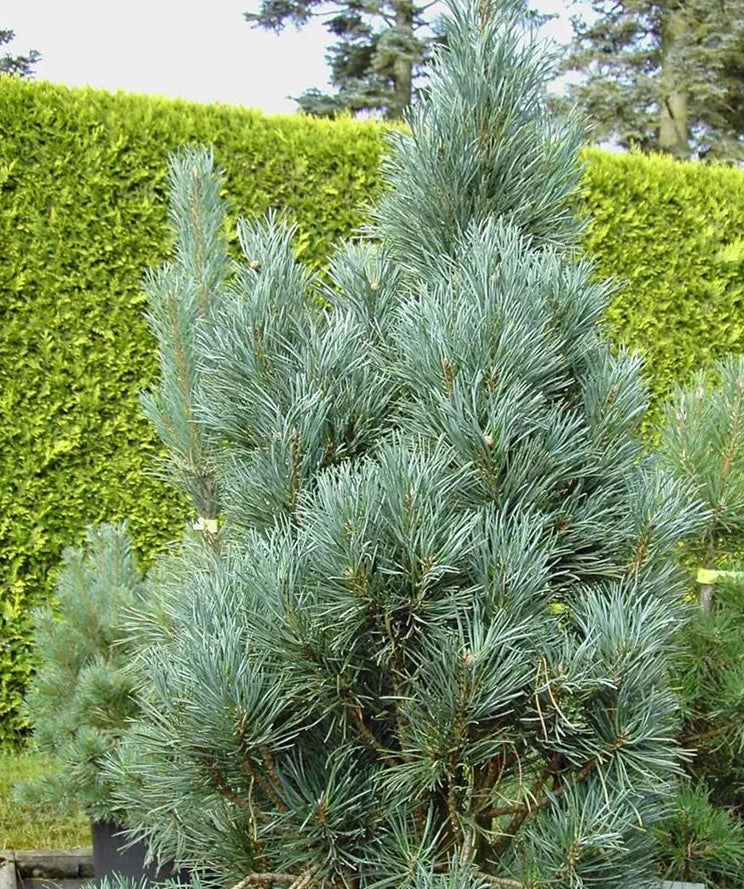
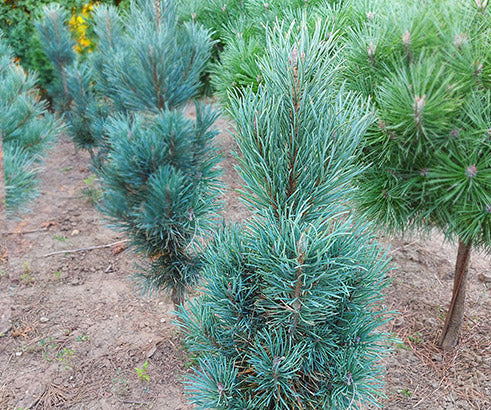
If you've ever strolled through the conifer garden at Harlow Carr arboretum, you might have seen a remarkable blue tree with a distinctive appearance. Pinus sylvestris 'Fastigiata,' commonly known as the Fastigiate Scots Pine, is a tree that commands attention with its unique columnar form and magnificent navy color.
Distinctive columnar growth of Fastigiata
One of the first things you'll notice about this tree is its striking columnar shape. Its branches stand tall and tight, giving it an elegant, upright appearance. In fact, you might need to get up close to fully appreciate its refined form. This makes Pinus sylvestris 'Fastigiata' an excellent choice for landscapes with limited space or when you want to create a vertical focal point.
Pinus sylvestris’ ornamental Needles
The azure needles of this tree are another captivating feature. When young, they take on a beautiful bluish hue, adding to its ornamental appeal. This touch of blue in the foliage makes it an eye-catching addition to any garden.
Hardy and resilient
The rich blue shade of pinus sylvestris 'Fastigiata' has existed since approximately 1856 and naturally occurs in Europe. It's known for its resilience, especially in harsh conditions. While it can reach heights of over 10 meters, it's worth noting that snow and ice accumulation can sometimes cause branches to fracture. However, this tree thrives in the UK, where such weather challenges are less common, making it a fantastic choice for various landscaping needs.
Ideal for multiple uses
Whether you're designing a parkland, garden, urban space, or restricted area, this tree has you covered. Its narrow, upright growth is perfect for creating formal hedges and screens or adding elegance to your landscape.
Low-maintenance elegance of Pinus sylvestris 'Fastigiata'
Once established, Pinus sylvestris 'Fastigiata' requires minimal maintenance. It adapts well to various soil types, provided they are well-drained. Periodic pruning may be necessary to maintain its columnar shape and remove dead or diseased branches.
Pinus Sylvestris 'Fastigiata' is a superb choice for those seeking a visually striking, hardy, evergreen tree with a unique blue color. Its columnar growth, navy needles, and adaptability make it a valuable addition to gardens and urban landscapes, adding a touch of elegance wherever it's planted. Whether you want to create a vertical accent or a formal hedge, this tree offers beauty and resilience.
Care guide
Boarding instructions:
For the best start, plant in spring or early fall.
Choose a location that allows roots and branches to grow freely, avoiding the crowding of buildings or structures. Consider potential obstacles, such as tall trees or bushes that block windows, roofs, or power lines.
Prepare the planting site by digging a hole as deep as the root ball and three times as wide. Mix the removed soil with compost or peat moss to enrich and loosen it for easy root spread.
Carefully remove the plant from the container by loosening the soil by tapping and rotating the container. If it is wrapped in burlap, remove it along with the cord or wire. Rake the closely adjacent roots.
Place the plant in the hole, making sure the soil line is at the base of the plant. Firmly pack the soil around the root ball. Apply a 2-inch (5 cm) layer of mulch, keeping it at least 4 inches (10 cm) away from the trunk to prevent rotting.
Water the plant well and water weekly during the first growing season. During hot periods, soak the soil deeply every few days to encourage root growth and drought tolerance.
Trimming Guide:
Prune to remove dead branches, encourage bushy growth, increase flowers, or shape a plant.
Remove dead branches near the trunk and trim to control size or shape just above the leaf bud at a slight angle.
Trim shrubs regularly for hedges, edging or formal foundation planting.
Use sharp, clean tools such as hand shears, secateurs, or shears. For large bushes or trees, use secateurs or tree saws. For very large trees, contact a professional service center.
Guidelines for applying fertilizers:
Grown trees should be fertilized every 2-3 years, preferably in early spring.
Choose the right fertilizer (granular, slow release, liquid, organic or synthetic) and method of application. Look for products designed for trees and shrubs, or use a balanced formula such as 10-10-10.
Follow package directions for rates and schedules to avoid over-fertilizing or application.









